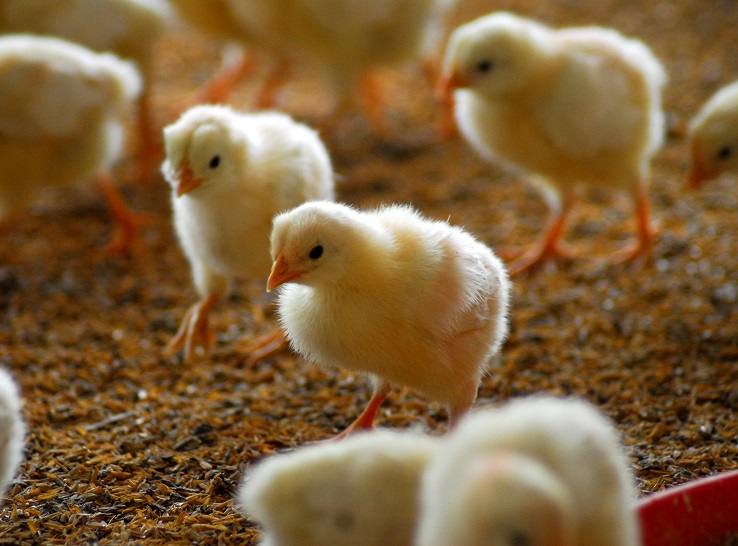Egg-drop syndrome 1976 (EDS 76) was diagnosed in US broiler breeders — possibly the first incidence of its kind in the country.
Experts from Gaydos Technical Services, LLC, and Michigan State University collaborated to identify the presence of the disease, which is caused by duck adenovirus 1, in a 35-week-old broiler breeder flock. The condition is known to result in severe drops in egg production, shell deformities and shell-less eggs.
Veterinarians were called after such a production drop over a 7-day period, which included shell-less and wrinkled eggs. The first signs of issues appeared in one house of the four on-site at week 34 of production, followed by the remaining houses in week 36 and week 39. The low point hit 55% of viable eggs from housed birds, compared to a target of 80%.
Other possibilities ruled out
Although EDS 76 had been regularly seen on the premises of table-egg producers in the area, it was unusual to see the disease in broiler breeders. That meant other possibilities needed to be explored, Sabrina Hurst-Proctor, DVM, Gaydos Technical Services, told an audience at the American Association of Avian Pathologists 2023 scientific conference.
Shell-less eggs were sent for PCR testing to determine whether they were a result of EDS 76, but veterinarians also sent tracheas for detection of infectious bronchitis virus (IBV) and Newcastle disease virus, as well as cecal tonsils and oviducts, also to test for IBV.
Scientists in two laboratories detected EDS 76 from the eggs by PCR; bird serum also tested positive when analyzed.
Four weeks after staff had noted the initial signs, viable-egg production had risen to 74% — around the breed’s standard egg production. Over the course of their investigations, the veterinarians were unable to determine how the virus which causes the disease had arrived on the farm.
Alertness to novel pathogens needed
“There are no known interventions that will help the birds affected,” said T.J. Gaydos, DVM, MAM, DACPV. “Biosecurity, sanitation and vaccinating the birds that will return to that facility are the best options for not having a repeat.”
He stressed that in order to guard against threats, producers should always operate at a level of biosecurity related to the current disease challenges in their region.
“Never assume a new disease is impossible, however improbable it seems,” he added.





